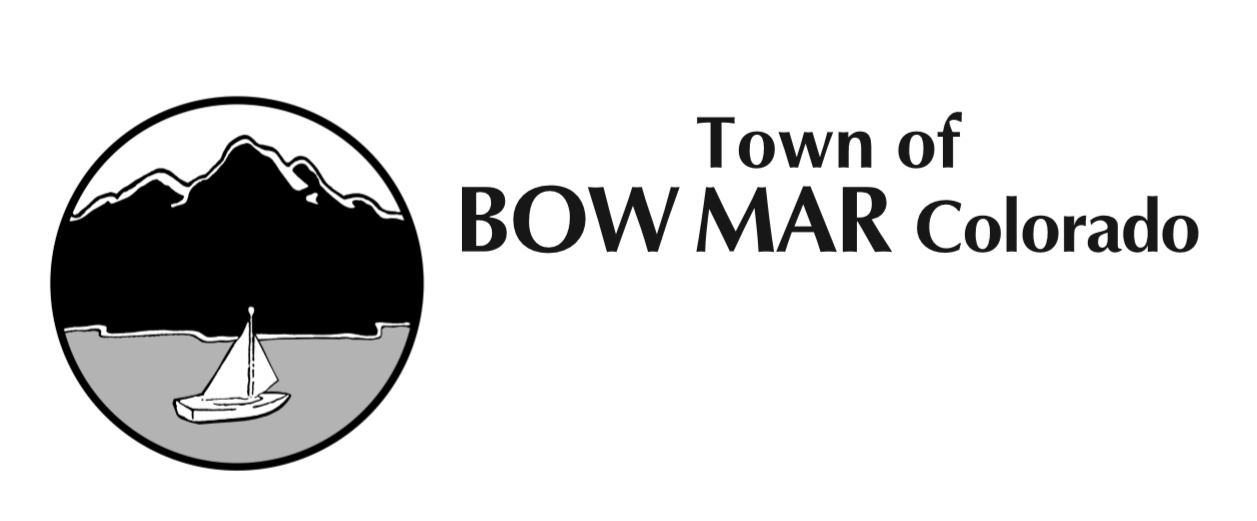Emerald Ash Borer
Updated – November 11, 2014
The Regional Picture
The emerald ash borer is a federally quarantined insect pest associated with the death or decline of 50 million ash trees (Fraxinus spp.) since it appeared in Michigan and Ontario in 2002. Although first discovered in the upper Midwest, in 2013 the insect additionally was found in Colorado, Georgia, New Hampshire, and North Carolina.
Emerald ash borers were identified in Boulder September 2013. The DenverPostreports that the insect now has been discovered in 3 new square mile grids that are adjacent to the first sites (Denver Post, August 2, 2014). The Colorado Department of Agriculture, Colorado State University, Colorado State Forest Service, and other government bodies are actively monitoring the Emeral Ash Borer(opens in new window). These entities estimate 1.45 million susceptible ash trees in Denver Metro urban forest. These entities also speak of the inevitability of emerald ash borer infestation through the South Platte River drainage over the next decade.
Ash are high-value trees that will be killed by the spread of the emerald ash borer throughout the area. Without chemical treatment of salvageable trees, 100% of those attacked by this insect will die.
The best information available indicates that ash trees with a diameter greater than 15 inches likely cannot be saved, despite robust chemical treatment, which has its own environmental and water quality impacts. Relatively sudden removal of a significant portion of the Town’s tree canopy could lead to higher temperatures and attendant costs.
One aspect of ash tree value is storm water runoff control. A 12-inch diameter ash will intercept more than 1,300 gallons of storm water run off. Storm water is a major cause of our road deterioration problems.
Another measure of value is that a single 12-inch ash conserves 104 kw hours of electricity and 10 therms of oil or natural gas consumption. Financial benefits of ash trees, or any other species, are further outlined at Tree Benefit Calculator.(opens in new window)
The Denver Post(opens in new window) reports that municipalities currently fighting this insect pest spend $1 million to remove 1,000 ash trees and treat 300 salvageable trees.
The potential cost of dealing with this invasive insect in the Denver Metro area tops $1 billion. The region will also see the removal of a significant portion of the tree canopy, leading to climatic adjustments.
Snapshot of Bow Mar
The Bow Mar Ash Tree Survey conducted for the Town during summer 2014 identified 668 susceptible trees within our borders. The insects have not been identified in or near Town, so preventative measures are not effective at this time. Winter watering is critical to the health of all trees in our area.
What Happens When the Emerald Ash Borer Attacks Bow Mar’s Trees?
The impact is expected to be environmentally significant and costly:
- Relatively sudden removal of hundreds of trees in the Town’s tree canopy could lead to higher temperatures and attendant homeowner impacts.
- Storm water runoff, a major cause of the deterioration of the roads, could also increase since a 12-inch diameter ash tree intercepts 1,300 gallons of runoff.
- The Town is facing about half a million dollars in dealing with the emerald ash borer, assuming the following extrapolations hold for the Town:
- 668 trees are susceptible ash trees
- 30% can be treated successfully
- 70% must be removed
- The average approxomate $750 cost per tree seen in other infested areas applies to the Denver area.
- Lake water quality could be affected as trees are chemically treated in attempts to save them.
As Bow Mar’s urban forest is decimated – and none of the agencies watching this threat expect it to simply go away. The insects have survived at least 4 yearly cycles in Colorado and new infestations were recently detected in Boulder along with its South Platte Valley neighbors.
The costs will be measured not only in dollars spent to stem the invasion by treatment and affected/dead tree removal, but also in the loss of shade trees, in potential road damage and in impact on lake water quality. Expense impacts on homeowners include assessment, treatment, removal, and replacement plus increased heating and cooling costs. Disposal of infected or possibly infected wood is likely to be specialized and regulated as efforts are made to manage the infestation.
The Town and residents will have to fight the pest and work toward preserving the beauty and value of our landscapes.
Please follow Emeral Ash Borer Colorado(opens in new window) for updates on this threat.
